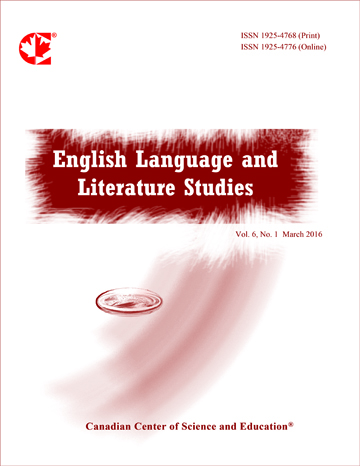Misogyny or Feminism? A Probe into Hawthorne and His The Scarlet Letter
- Yueming Wang
Abstract
Nathaniel Hawthorne’s The Scarlet Letter has been focused onby critics from different aspects due to his ambiguity used in the novel. Hawthorne himself has been doubted as to whether he is a misogynist or a feminist when describing the female character, Hester Prynne. This article supports the idea that Hawthorne holds the idea offeminism in his work The Scarlet Letter. A writer who mirrors Hester’s life as his own cannot be a misogynist; a writer who honors a woman’s rebelling against patriarchy cannot be a misogynist; a writer who has a beloved wife and mother cannot be a misogynist. Harmonic family relationships, sympathetic character descriptions, and mild demonstrations against patriarchy all prove that Hawthorne is not a misogynist, but a feminist. Hawthorne depicts through four aspects on Hester’s life, Hester’s rebel, Hawthorne’s own family relationship to advocate feminism in his novel.
- Full Text:
 PDF
PDF
- DOI:10.5539/ells.v7n2p139
